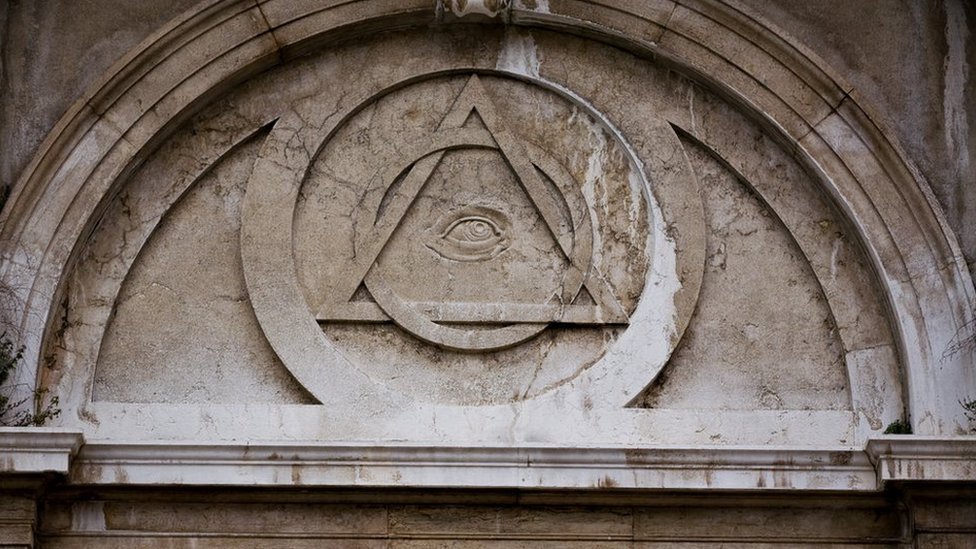Understanding the Practical Benefit of Joining Freemason for Every Person
Understanding the Practical Benefit of Joining Freemason for Every Person
Blog Article
Discovering the Mysteries of the Freemason: What You Required to Know
The Freemason, a term typically shrouded in intrigue and controversy, represents a complicated tapestry of historical truth and contemporary myth. Established in the late 18th century, this secret society was originally rooted in the Enlightenment's ideals but has actually since come to be identified with conspiracy theory concepts about elite control. As we navigate the origins, vital numbers, and the plain contrast between myth and fact, one must consider how these stories affect contemporary perceptions of power and privacy. What could be disclosed via a more detailed exam of these components might challenge long-held presumptions regarding the shadows that linger in our culture.
Origins of the Freemason
The beginnings of the Freemason are steeped in a mix of historic intrigue and ideological fervor. Developed in 1776 in Ingolstadt, Bavaria, by Adam Weishaupt, the team was at first developed as a secret society focused on promoting Enlightenment ideals such as factor, secularism, and the splitting up of church and state. Weishaupt, a teacher of canon legislation, looked for to challenge the prevailing authority of the church and state, which he considered as overbearing establishments suppressing intellectual and individual freedom.
The Freemason sought to hire significant members from different societal industries, including politics, academia, and the arts, to promote a network dedicated to these Knowledge principles. The society operated under a veil of privacy, using coded language and routines to shield its participants from mistreatment, especially provided the repressive environment of the moment. The Freemason faced substantial opposition from both governmental authorities and religious institutions, which saw the group as a risk to their power.
Secret Figures and Members
That were the critical figures that shaped the Freemason's early influence and direction? The Bavarian Freemason, founded in 1776 by Adam Weishaupt, became a response to the overbearing social frameworks of the moment. how to become a freemason. Weishaupt, a legislation professor, imagined the organization as a way to promote Knowledge perfects such as factor, secularism, and equality. His initial recruitment initiatives consisted of prominent pundits, such as Baron von Knigge, that played a crucial duty in increasing the team's membership and organizational framework.
An additional substantial number was Johann Gottlieb Fichte, a famous philosopher whose concepts on nationalism and education resonated with the Freemason's objectives. Fichte was not an official participant, his thoughtful underpinnings affected the team's ideological background. Additionally, figures like the author and theorist Johann Wolfgang von Goethe were related to the more comprehensive intellectual motions of the moment, although their direct participation with the Freemason remains questioned.
These crucial figures added to the Freemason's early instructions, pushing the limits of political and social idea, while their collective initiatives aimed to test recognized standards and promote an environment of modern adjustment in Europe.
Myths vs. Fact
Lots of misconceptions surround the Freemason, often blending truth with fiction in a means that covers its true nature. The notion that the Freemason continues to put in significant influence over world events is a misconception - how to become a freemason.
An additional widespread myth is that the Freemason comprises a network of elite individuals controling international events. Actually, numerous conspiracy theories exaggerate the group's relevance, attributing misguided motives to societal trends and events. This has resulted in an oversimplified view of complicated concerns.

Modern Interpretations
Contemporary analyses of the Freemason often reflect more comprehensive social stress and anxieties and a fascination with secrecy and power. This modern lens often connects the Freemason with conspiracy theory concepts that suggest a surprise elite manages globe occasions, controling federal governments and economic situations for their very own gain. Such stories use an ingrained question of authority, specifically in times of situation or social turmoil.

In addition, some modern analyses frame the Freemason as a metaphor for the complexities of globalization and the interconnectedness of significant people and companies. This point of view urges a vital examination of just how power characteristics operate in today's world, highlighting the equilibrium in between transparency and secrecy in governance and business practices.
Cultural Influence and Legacy
Influenced by centuries of intrigue, the cultural effect and legacy of the Freemason prolong much beyond its historic origins. This secret culture, developed in the late 18th century, has permeated different join freemason elements of preferred society, from literature and movie to songs and art. The concept of the Freemason has evolved right into an icon of conspiracy concepts, usually representing a regarded concealed power manipulating international events.
In literature, writers like Dan Brown have woven the Freemason right into intricate stories, captivating visitors with themes of privacy and power. Movies such as "National Treasure" and "The Da Vinci Code" even more continue the appeal of the society, mixing fact with fiction to produce engaging stories.
The Freemason's impact likewise extends into music, with artists referencing the organization to evoke styles of disobedience and societal critique. This representation has actually added to an attraction with the idea of clandestine teams controlling the levers of power, mirroring societal stress and anxieties about authority and transparency.
Inevitably, the Freemason's legacy is a complicated tapestry of myth and reality, forming perceptions of secrecy and control in modern discussion. Its long-lasting visibility in society highlights humanity's perennial pursuit for understanding covert truths.
Conclusion
The exploration of the Freemason reveals a complex interplay in between historic facts and contemporary myth-making. Started in the Knowledge period, this culture aimed to challenge overbearing frameworks, yet its heritage has actually been overshadowed by conspiracy theories that suggest elite control. Recognizing the differences between the original ideals and contemporary analyses is vital for understanding the sustaining attraction with the Freemason and its substantial impact on social stories bordering power and privacy in culture.
Report this page